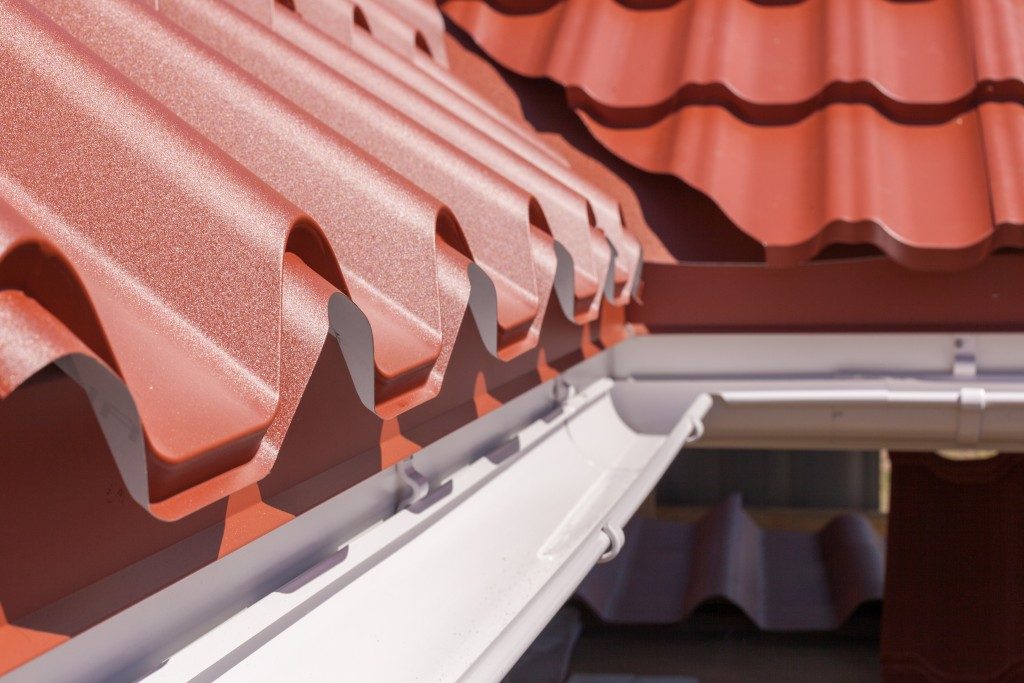Building or buying your dream property is a significant financial investment. As with other investments, it pays to protect it, so that you can maximize your eventual returns—in the case of property, the return of investment is usually in the form of its resale value.
One of the things that will lead to the deterioration of your property is water damage, especially for houses in states that experience high precipitation. Rainwater and snow are common sources of water damage to a building’s walls and foundation. Homeowners can, however, protect against this form of water damage by installing and maintaining their gutters properly.
Whether you decide to do it yourself or hire professionals to provide rain gutter services, regular rain gutter maintenance is incredibly important. Lapses in maintenance can result in gutters doing even more water damage to your property. If a rain gutter gets clogged by debris, it can cause water to accumulate, and eventually overflow. This constant flow of water can seep into your home’s foundation, warp wooden walls, and, in winter, damage your roof or ceiling, if the melted snow freezes over.
While you could do the cleaning yourself, professionals have both the expertise and the tools to do it properly, and safely. Over 90,000 people end up in emergency rooms annually from ladder-related injuries. While there are no current statistics about how many of those are homeowners doing roof work, it does highlight the fact that working on your roof can be dangerous, if not fatal.
Getting a professional cleaner is both safer, and, in most cases, more effective. Professional cleaners use the following techniques on different kinds of gutter cleaning jobs:
Water or Air Power Cleaning
This is the most common method of gutter cleaning professionals use. A blower, pressure washer or air compressor is used to blast out or blow all the debris from your gutters to the ground. Water or air power cleaning generally works for dry months when the debris can be easily picked off the ground.
High-Powered Vacuuming
This technique uses a vacuum to suck the debris which has accumulated on your gutters. High-powered vacuuming is generally done from the ground using long carbon fiber poles with an angled attachment. A technician walks under the gutters and directs the vacuum nozzle. High-powered gutter vacuuming is the quickest cleaning technique, though it cannot be used on very high buildings. This also does not totally get rid of the debris on your gutters, although it should free up any blockage.
Manual Scooping
Here, a technician will scoop the debris from your gutters by hand and place it in bags. Though this takes the most time and requires hoisting equipment, with this method the cleaner can closely inspect the integrity of your gutters. Any issues can then be corrected before they can develop into more serious issues. Manual scooping allows thorough cleaning of your gutters and downspouts.
Water Hosing

Here, a technician will hose down your gutters from your roof. Water hosing is used on moderately muddy gutters during wet months, to loosen the debris and wash it down your gutters. Time is allowed between the hosing for the water to drain off your gutters and into the downspouts. This technique is particularly effective for cleaning downspouts.
After the cleaning of your gutters using any of the above techniques, the technician might recommend the installation of gutter guards. These will protect your gutters from the accumulation of debris and reduce the frequency of gutter cleaning.
Rain gutters may not be a very noticeable feature of your house, but they do serve a vital function by directing water away from where it can damage the structure. They help protect your investment, making sure that, on the day that you put your house in the market, it will be whole, undamaged, and highly saleable.

